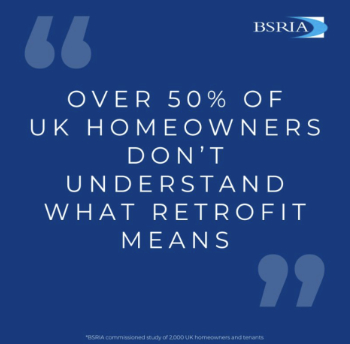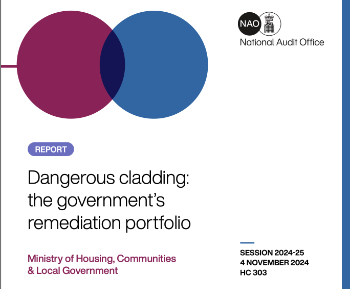Open plan v cellular buildings

|

|
Contents |
[edit] Introduction
Open plan and cellular are terms used to describe opposing approaches to the internal layout of buildings. Open plan is a relatively modern phenomenon while the cellular is typically associated with traditional construction.
[edit] Open plan
Open plan describes an arrangement that is characterised by an almost complete lack of internal partitions within the structural confines of a building, or part of a building. This means there may be no significant physical or visual boundaries to delineate the various functional areas such as kitchens, living rooms, dining areas, offices and so on. In the case of bedrooms, they may be part of the general open space or hidden by a screen or even partitioned off completely. Bathrooms and toilets are generally partitioned but are usually situated at one end of the plan or in a corner so as not to interrupt the flow of space. A flat or house where living room, dining room and kitchen form one space (irrespective of whether bedrooms are separate rooms) may be described as open plan.
Keeping the use of partitions to an absolute minimum, the visual effect of open plan is of a space that can appear larger and brighter than if walls had enclosed the various functional areas. The effect was particularly popular with Modern architects such as Le Corbusier, Mies van de Rohe, Aalto and Kahn, and is still popular with contemporary architects such as Foster, Rogers and Hadid. These architects have exploited the spatial effects that open plan layouts can create, particularly the feeling of lightness and airiness. As a result, open plan layouts have become popular with self-builders and those extending their homes.
Contemporary offices also tend to be open plan. Employees work in large open areas with separating walls used only to enclose toilets, kitchens, lift shafts, stairs and fire-protected areas. Such communal workspaces may help to foster better team spirit but they lack privacy, can be distracting and allow management to more easily monitor their employees activities. For more information see: Open plan office.
[edit] Cellular
Cellular plan layouts are generally a more traditional form of spatial arrangement. They are characterised by the use of walls and partitions to enclose the various spaces and so result in cell-like arrangements. In homes, this results in the creation of different rooms such as bedrooms, bathrooms, kitchens etc which can sometimes be small depending on the space available. But they can also provide better privacy, and allow the separation of incompatible functions - such as washing machines and people watching television, or keeping cooking smells within a kitchen.
In a commercial environment, a cellular layout is one in which staff have their own office, or share and office with a small number of people. This can provide better privacy and security, fire separation, separation of functions, and can allow concentration free from distractions. Privacy may be important if sensitive issues are being discussed, if meetings are being held and so on.
Historically, cellular arrangements were necessitated by the limitations of construction materials and techniques. When achievable floor spans were smaller than those of today, numerous internal walls were necessary to provide support to the floor above.
However, the introduction of steel and concrete have allowed longer, uninterrupted spans that can eliminate the use of internal walls and columns. This has brought opportunities to create open-plan interiors and has seen the decline of cellular layouts in office buildings. The process has been helped by fashion, democratisation of the workplace (‘flatter’ organisational structures) and some theories of employee wellbeing.
[edit] Related articles on Designing Buildings Wiki
Featured articles and news
Delivering radical reform in the UK energy market
What are the benefits, barriers and underlying principles.
Information Management Initiative IMI
Building sector-transforming capabilities in emerging technologies.
Recent study of UK households reveals chilling home truths
Poor insulation, EPC knowledge and lack of understanding as to what retrofit might offer.
Embodied Carbon in the Built Environment
Overview, regulations, detail calculations and much more.
Why the construction sector must embrace workplace mental health support
Let’s talk; more importantly now, than ever.
Refurbishment for net zero; the BSRIA white paper
The everyday practice of tackling energy efficiency, fabric first, ventilation, air quality, and occupant wellbeing.
Sustainable construction design teams survey
Shaping the Future of Sustainable Design: Your Voice Matters.
Ensuring the trustworthiness of AI systems
A key growth area, including impacts for construction.
Foundations for the Future: A new model for social housing
To create a social housing pipeline, that reduces the need for continuous government funding.
Mutual Investment Models or MIMs
PPP or PFI, enhanced for public interest by the Welsh Government.
Stress Awareness Week ends but employer legal duties continue.
A call to follow the five Rs for the business and for the staff.
Key points and relevance to construction of meeting, due to reconvene.
Cladding remediation programmes, transparency and target date.
National Audit Office issue report on cladding remediation.
HBPT and BEAMS Jubilees. Book review.
Does the first Labour budget deliver for the built environment?
What does the UK Budget mean for electrical contractors?
Mixed response as business pays, are there silver linings?






















